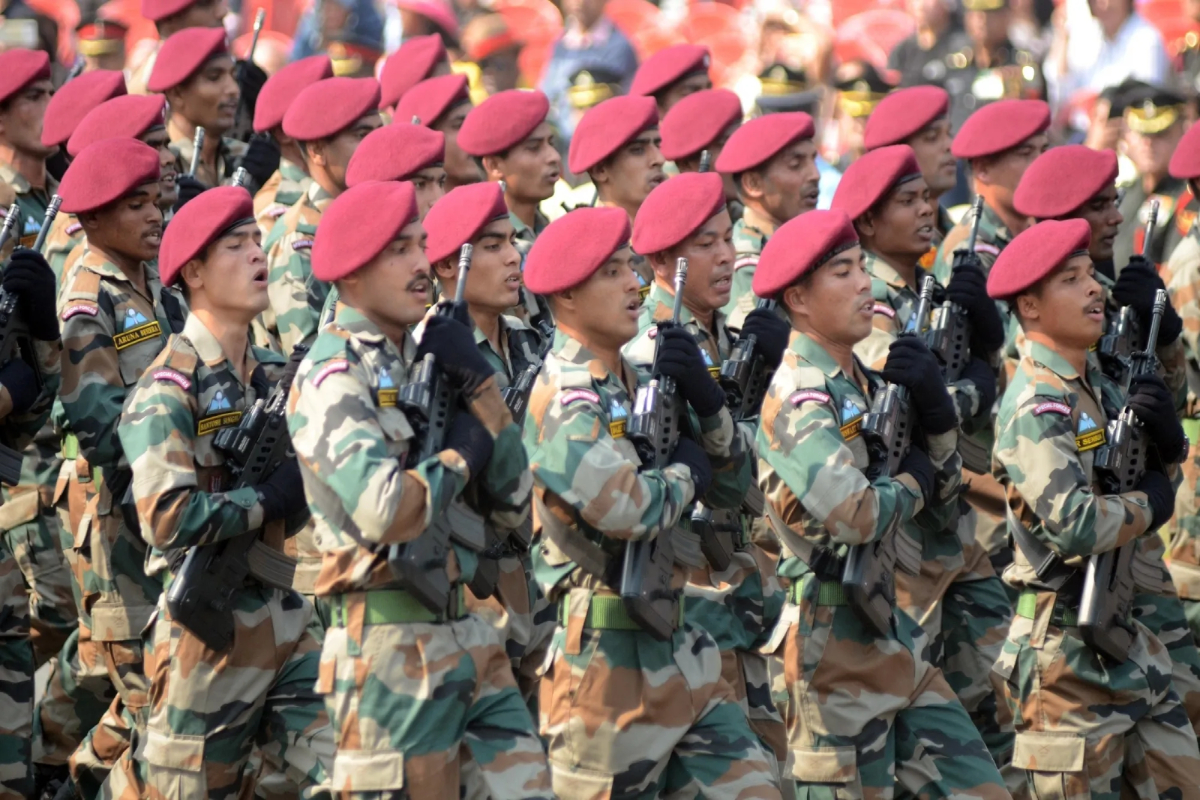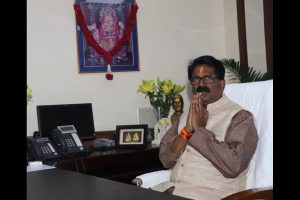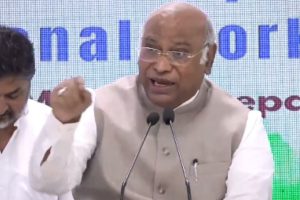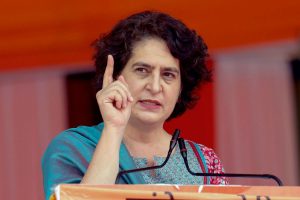The Agnipath scheme of the government has come under attack from the opposition benches in the Parliament.
While the government, including defence minister Rajnath Singh, has defended the scheme, Leader of Opposition in the Parliament Rahul Gandhi has been vocal about the drawbacks of the scheme.
Former officers, who have weathered the storm on the ground, unlike the politicians, see both sides of it as they are aware of such schemes existing in other countries. The scheme is another move by the govt towards a Viksit Bharat 2047.
But, in between all this, many of the paramilitary forces like the BSF, CRPF, SSB and others have come forward with their announcements that they will be happy to recruit the agniveers once they leave the Indian Army, Navy and Air Force.
Group Captain R K Das (retd), ex-CPRO MoD feels the urge for such a scheme is felt, keeping in mind a lot of considerations. Moreover, such a manner of recruitment is followed in the majority of countries nowadays, he feels.
An agniveer, after serving 4-5 years, is still young. He is well trained to join any other paramilitary force or a corporate set up. He also gets handsome money when he leaves the force,” said the former spokesperson.
India’s defence budget is not very large. It has to buy the latest technology to keep itself fighting. The defence forces also indulge in a lot of welfare schemes. Our pensioner base is so large that spending on it is equivalent to spending on capex. The defence force personnel and the number of pensioners is so large, it stretches the budget further, he feels.
“This scheme may not have much to show for now, but it will pay off in the years to come. It will be fruitful to the nation. In the navy there is a lot of scope in various technical departments. Communications is one, there is also a lot of dependency in cyber warfare. These agniveers can think on their feet and act. The organisation needs to be fresh and modern. After every 5 years agniveers will bring in fresh energy and knowledge,” said Gr Capt Das.
Vice Admiral Bimalendu Guha (retd) says each force has its interpretation on the utilisation of the agniveers.
Recalling his time in Russia, where he served in 1981-82, the former Vice Admiral said, “I had to interact with the Russians, where I had come across these recruits, inducted for 1.5 years. They were treated differently by the regular sailors,” he said.
In the navy, there are personnel below officer rank (PBOR), where the agniveers can fit in well. Each arm of the navy has its own technical wing, a communication sailor, engineering sailor, a logistics sailor etc. etc. and the agniveers can have a role to play here. The challenge is, how do I train a sailor who I know is going to exit after 4 years and what will be his motivation level, says the finger navy officer.
“Let the first batch come out for ‘release’. The field assessment is important. In a year’s time we will get feedback from the field, being employed in different arms of the services. At the time of their release, we will know who is staying back and who is not,” felt the navy veteran.
Colonel Soumitra Ray (retd) feels the thinking for the scheme is right. He says the idea is to bring down the age factor of the forces, comparable to many forces across the world.
But the former officer cautions against comparing the Indian agniveer scheme with similar manpower from other countries. “We face two standing armies, all the time in very different terrains. Our readiness has to be on a very high level,” he warns.
The scheme allows that 25 per cent of the agniveers to be retained, he points out, defending the scheme.
Colonel Ray (retd) says the money saved by the government (doing away with the pension) can be used to buy modern technology, which is a must.
One of the fault lines pointed out by Congress leader Rahul Gandhi is the employability factor of these train manpower after they are relieved by the services.
The various paramilitary forces have promised induction of these agniveers once they leave the forces.
They will get 10 per cent reservation in the recruitment and also age relaxation in the Border Security Force.
Nitin Agrawal, DG, BSF has gone on record, saying, “Ex-agniveers have dedicated four years of their life in service. They are trained, disciplined, and BSF, after giving short training, will deploy them along the borders.”
For the first batch, the age relaxation is of five years while for subsequent batches, the age relaxation is of three years, informed a BSF release.
DG Sashastra Seema Bal Daljit Singh Chaudhary has promised a fixed quota for ex-agniveers in SSB.
“We have amended the recruitment rules accordingly. The first batch will be given an age relaxation of five years. And, there will be no physical efficiency test for them,” he said.
Likewise, the Railway Protection Force chief Manoj Yadava has also announced 10 per cent reservation for ex-agniveers.
Central Reserve Police Force DG Anish Dayal Singh said, “They are army trained and have already served in the three services. They will bring dedication and discipline from day one.”
Col Ray (retd) says the scheme is new in India and the government is also learning in the way of its implementation. The veteran feels it is for the betterment of the Indian defence forces if the scheme is modified to include the six-month training extended to a year and the duration of the service for the agniveers extended to 8-10 years, instead of the four years. “It has been seen that even for new warfare tactics to develop and train and deploy the manpower, it takes a minimum of 10 years,” he said.
Group Captain R K Das too prefers the duration of the agniveers to be 10 years. “The forces will invest four years to train personnel and then it will be time to reboot,” adds the former MoD spokesperson.
The debate may go on, as citizens, we keep our faith intact in our defence forces.












